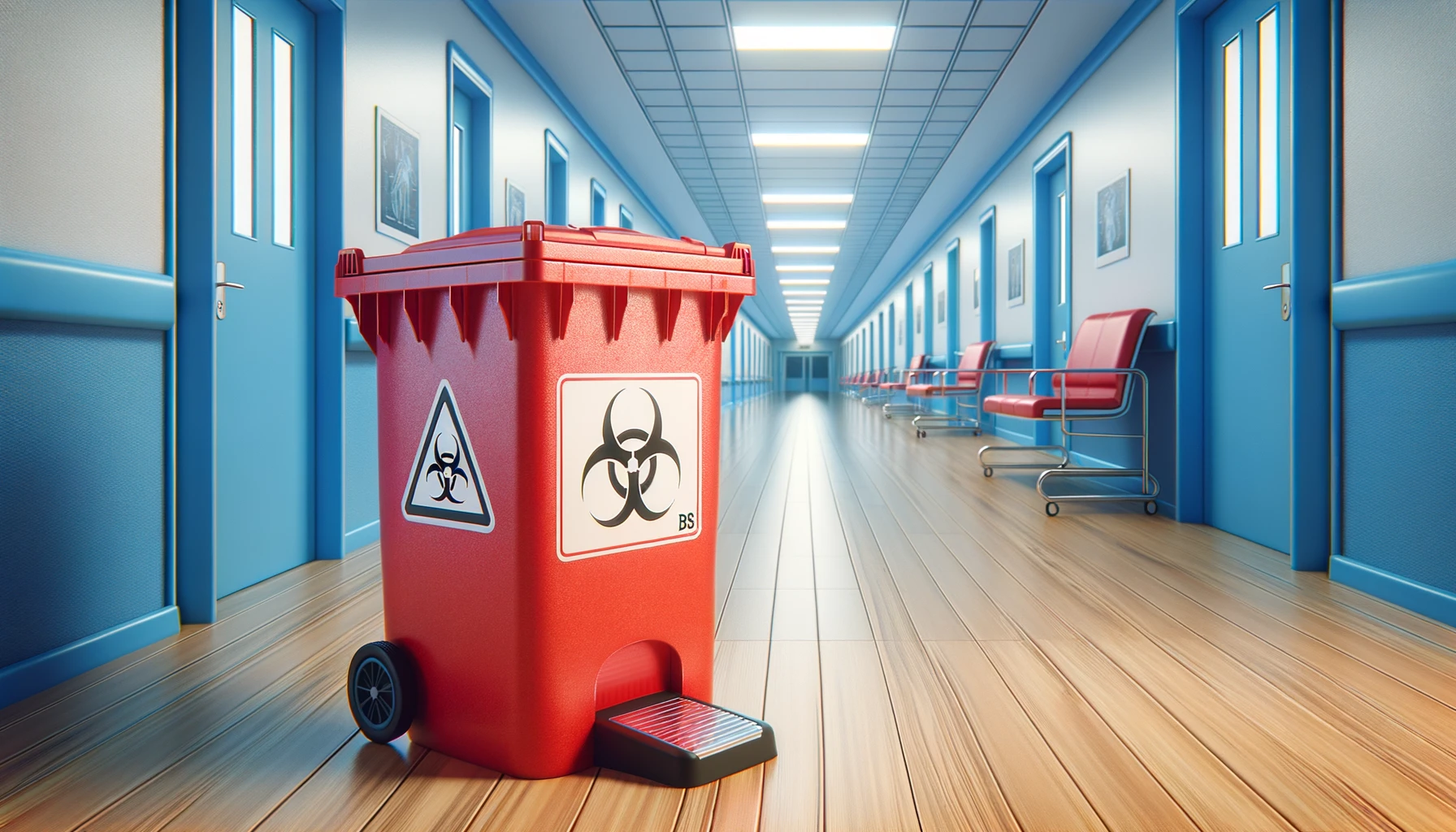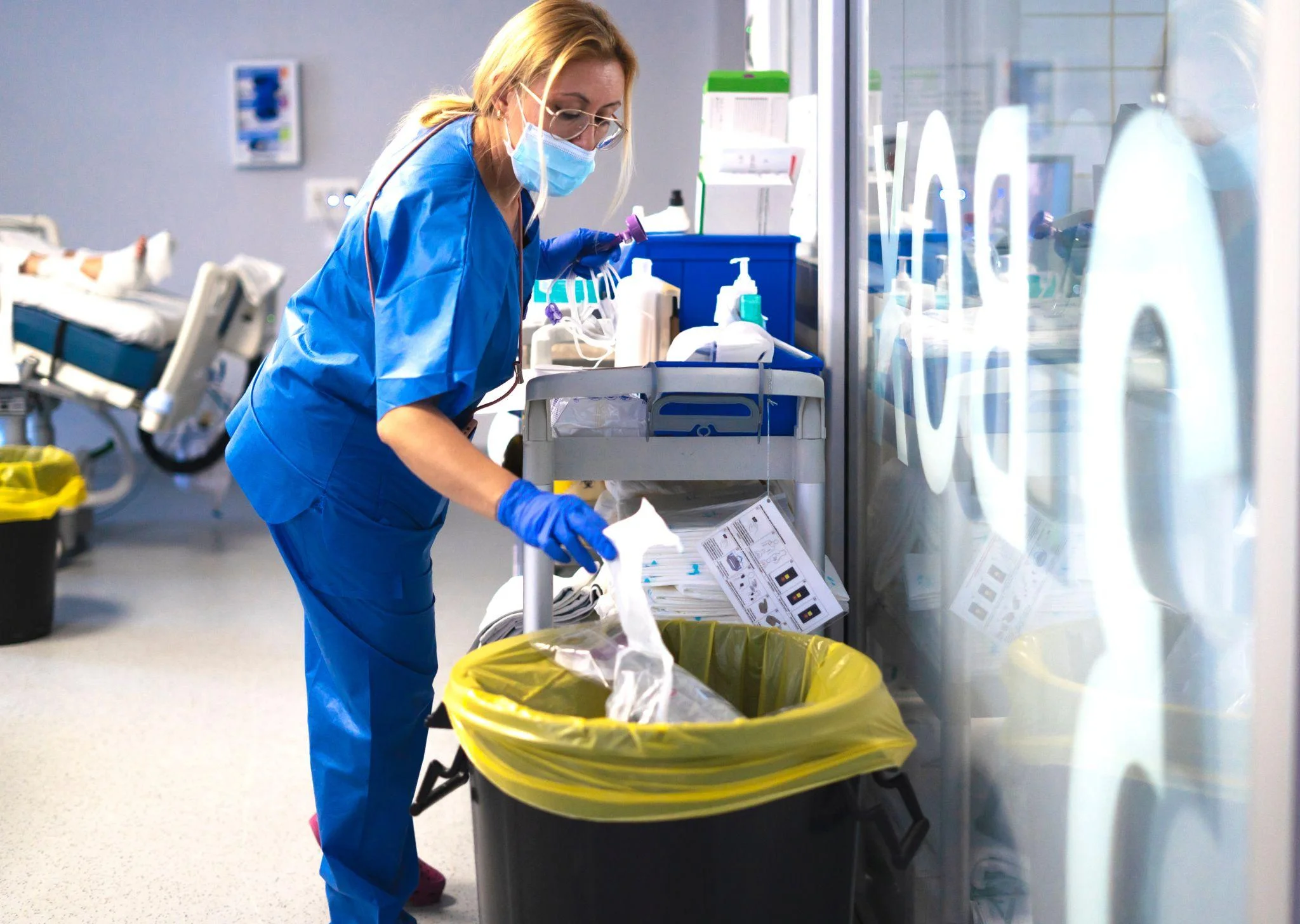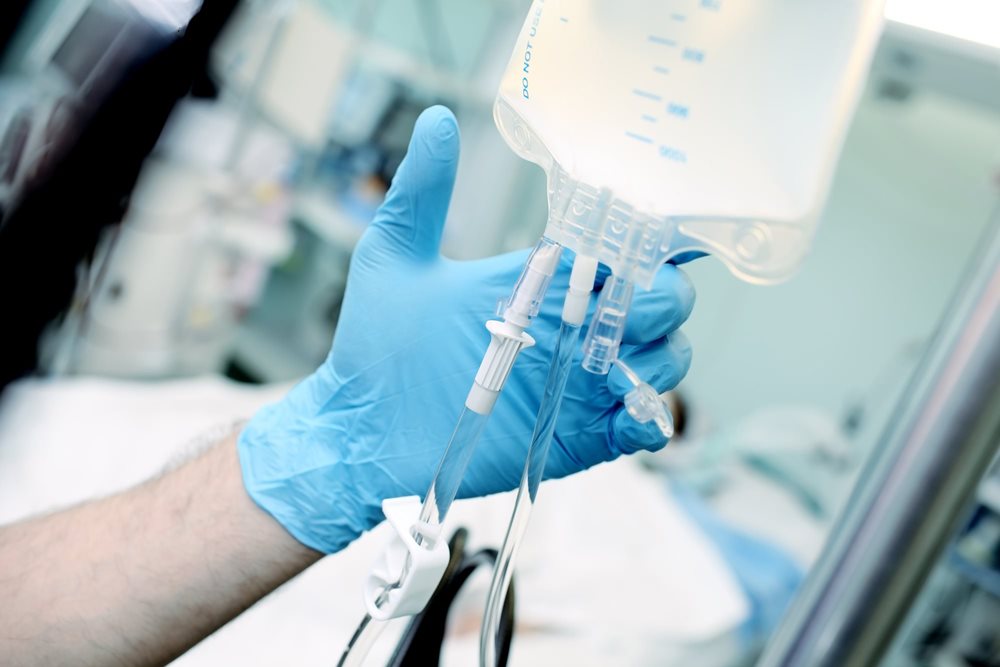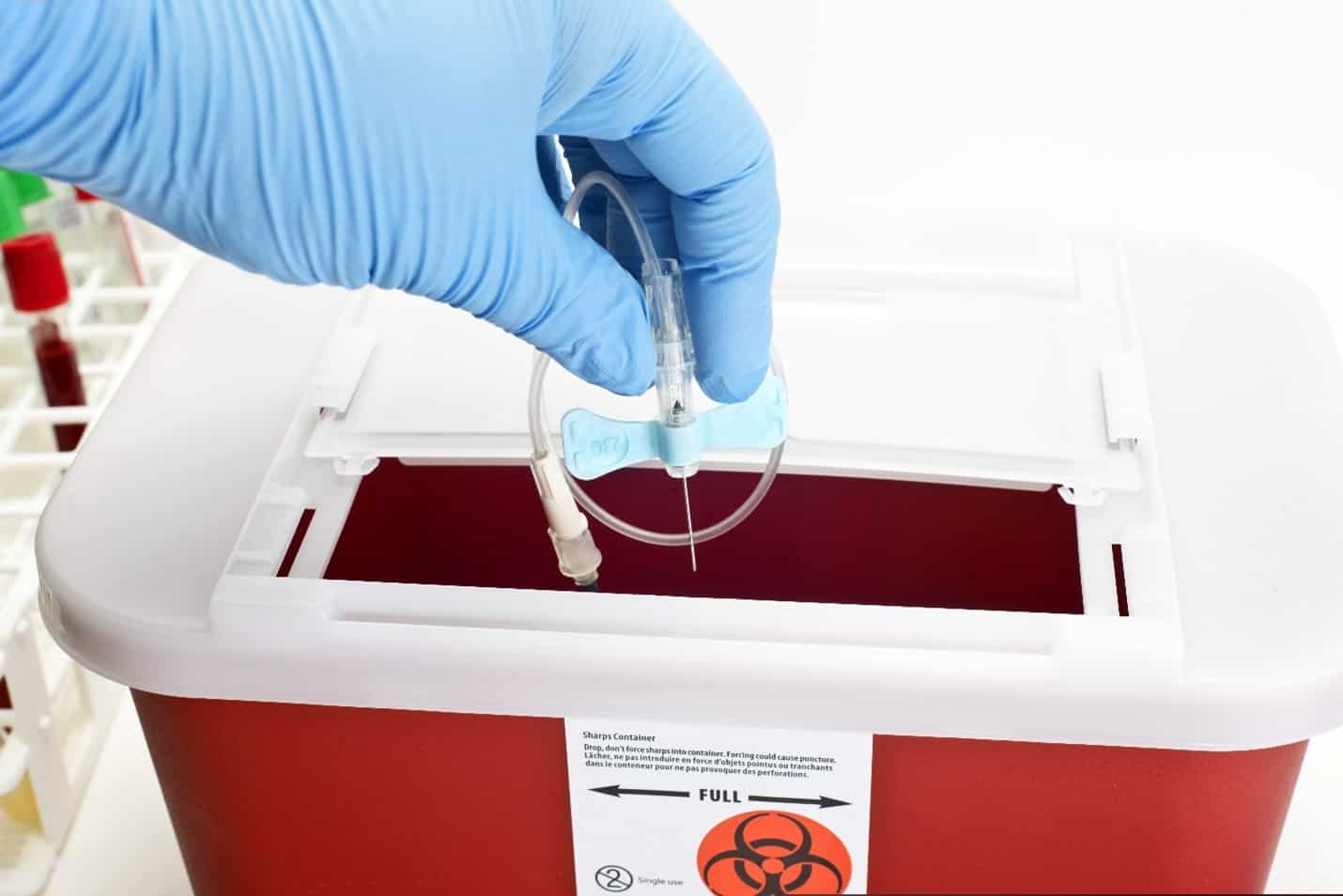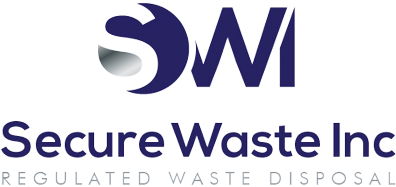Secure Waste Presents The Big 3. The Most Common Mistakes When Handling Medical Waste: Expert Solutions
Effectively managing medical waste is vital for healthcare facilities, but it’s easy to miss some key details, leading to non-compliance with regulations. Since rules can differ significantly between states, understanding common violations is essential. With this knowledge, you can confidently navigate the process, ensuring safety and compliance while avoiding costly mistakes. Let’s work together to create a safer, healthier environment for everyone! Review Regulations from OSHA
1. Proper Waste Segregation: A Key to Safety and Compliance!
Are you and your team taking the proper steps to separate medical waste from regular waste? All medical waste generators must identify their waste accurately, and understanding the waste stream is crucial to this process! With some training and awareness, recognizing hazardous biomedical waste can become second nature to you and your staff. However, it is essential to remember that mistakes can happen—sometimes, items like cotton and blood-stained materials get mistakenly tossed in regular trash.
Additionally, it’s vital to know that certain items marked as hazardous by federal, state, or local regulations must never be placed in a medical waste container. This includes, but is not limited to:
- Formaldehyde and products that contain it
- Solvents, paints, and paint thinners
- Containers with the universal hazardous symbol
- All types of batteries
Improper disposal of these materials can lead to serious consequences, including hefty fines or even legal trouble. That’s why accurately determining waste categories is so important!
Besides precise identification, adhering to the formal waste determination process without delay is equally crucial. Even if you recognize a material as medical waste, failing to document this determination promptly can lead to potential citations.
One key way to mitigate these issues is through practical employee training. Your staff needs to be well-informed about the materials they handle and how to classify them correctly. A common misconception is that the original packaging is appropriate for storing waste—once a product is contaminated and labeled as waste, different storage and transportation requirements kick in.
By fostering a culture of awareness and education surrounding waste segregation, we can work together to ensure a safer environment for everyone. Let’s commit to excellence in waste management; it’s not just good practice—it’s the right thing to do!
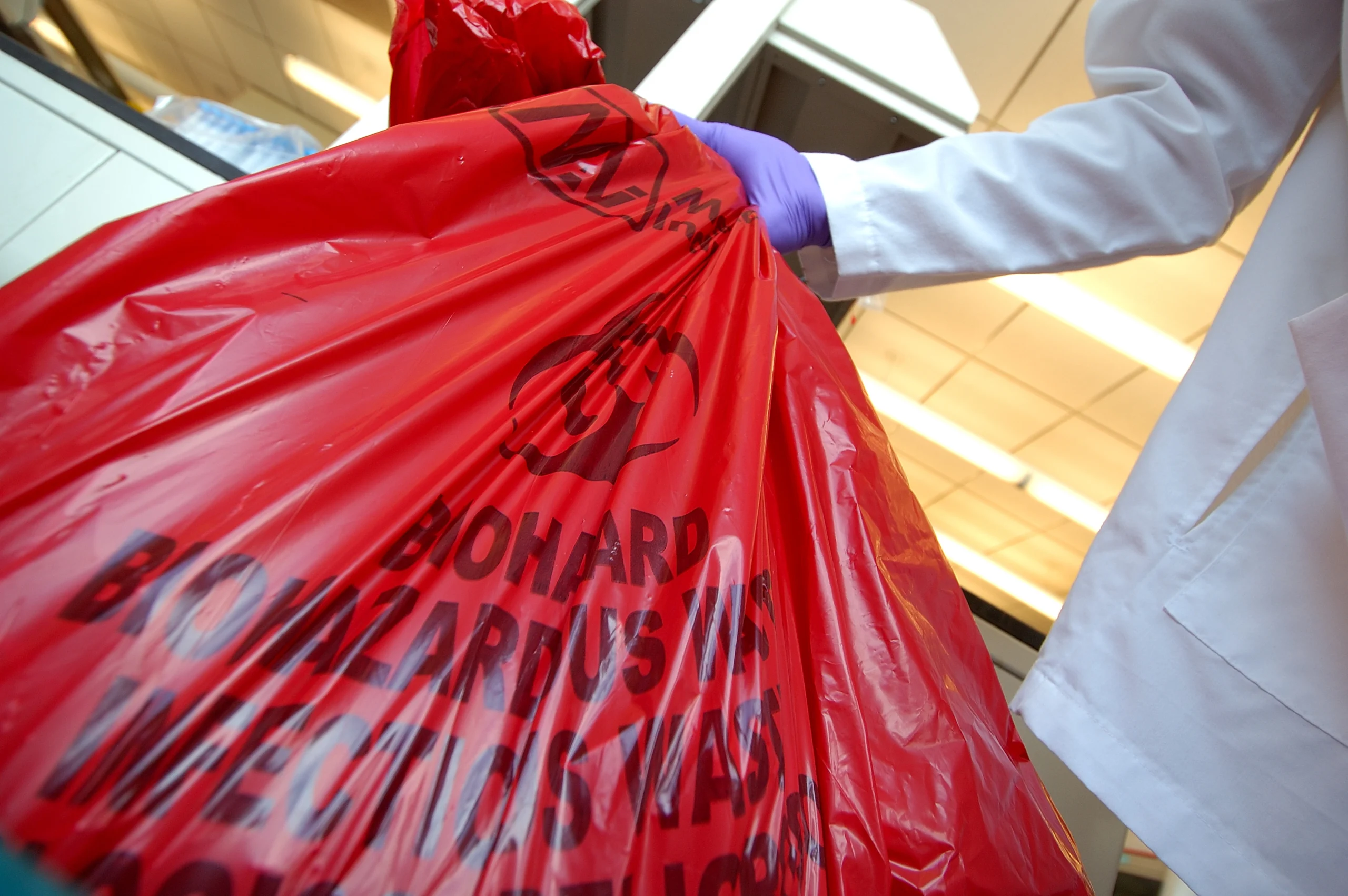
2. Container Management & Labeling: A Vital Component of Healthcare Safety
Welcome to the world of container management! It’s a crucial aspect of operations in healthcare facilities that ensures safety and compliance while protecting staff and patients. Properly managing and labeling containers can minimize risks and create a safer environment for everyone. Here are some common challenges to be aware of and the importance of addressing them.
- Choosing the Right Containers: It may seem straightforward, but using the appropriate type of container is essential. For example, sharps such as needles and blades must be stored in sturdy, puncture-proof containers explicitly designed for that purpose. In the past, some employees may have resorted to makeshift solutions like empty milk jugs. Today, we know that using DOT-certified, leak-proof, and tamper-proof containers is non-negotiable. These containers can be reused when undamaged and enhance overall safety.
- Segregation for Safety: Proper disposal practices are vital. For instance, placing used needles in a red biohazard liner is incorrect since these liners are only for non-sharp infectious waste and blood products. It’s equally essential to distinctly separate regular trash from medical waste to ensure a safe and compliant disposal process.
- The Importance of Accurate Labeling: Labeling specifics can vary; unfortunately, overlooking these details can lead to violations. This includes using the correct colored bags and ensuring accumulation labels show the full date and time of the first edition. Since many employees interact with accumulation containers, a keen awareness of labeling practices is essential for compliance and safety.
- Keeping Containers Closed: Safety regulations clearly state that containers must remain closed and secure at all times—except when adding or removing waste. Open or partially open containers present contamination risks, and damaged containers can become sources of infection. This highlights the importance of keeping everything locked up tight!
- Regular Inspections Matter: Routine inspections of medical waste containers should occur weekly, complete with documentation that includes the date and inspector’s initials. Many healthcare facilities wisely assign employees the duty of regularly checking fire extinguishers and safety devices, making it easy to include medical waste container inspections in their routine.
- Safe Handling Practices: Always carefully handle containers to avoid any risk of ruptures or leaks. Keeping our techniques in check protects the waste and everyone in the facility.
Effective container management is a collective responsibility shared by all healthcare staff, from medical professionals to cleaning teams. With proper training and established protocols, we can significantly reduce the risk of common violations while fostering a safe and compliant environment. Together, let’s make our healthcare facilities models of safety and excellence!
3. Empowering Employee Training for Success
The effectiveness of your plans and processes for handling, storing, and disposing of medical waste truly relies on the dedication and knowledge of your employees. Investing in comprehensive training lays the essential groundwork for a safe and compliant work environment.
Let’s take a moment to reflect on the significance of the Occupational Safety and Health Administration (OSHA) and the introduction of the Bloodborne Pathogens (BPP) Standard back in 1991. This vital regulation provides clear guidelines for identifying, segregating, and managing regulated biomedical waste.
As a responsible employer, it’s your mission to ensure that all employees exposed to these risks receive thorough training. This can effectively sidestep the common pitfalls discussed in this blog while ensuring compliance and safety within your facility.
It’s important to remember that training is not a one-time event; there’s a commitment to ongoing education. Employees should complete their training annually and undergo refresher courses whenever new procedures are introduced. We often see violations occurring when these essential training requirements are overlooked, so staying proactive is key!
In addition to the BPP standards, your team should be well-versed in other critical areas, such as:
– Hazard Communication Standard (HCS)
– Health Insurance Portability and Accountability Act (HIPAA)
Inadequate training can have serious consequences, affecting the safety of your employees and patients and the efficacy of your waste management practices. During Department of Transportation (DOT) audits, your employees must confidently address questions regarding the materials they manage and how to categorize and package them correctly. A well-prepared team can help you maintain compliance and mitigate potential citations.
While employers have the option to train their staff, trainers must possess deep knowledge and expertise in occupational hazards related to bloodborne pathogens. Many healthcare providers value partnering with medical waste disposal services, offering up-to-date, specialized training programs. It’s important to realize that simply having access to training materials does not equate to compliance; active engagement and hands-on training are vital!
You can empower your staff through comprehensive training and documentation. Together, we can ensure a safer environment and enjoy peace of mind while significantly reducing exposure and liability. Let’s champion safety and compliance in our workplaces!
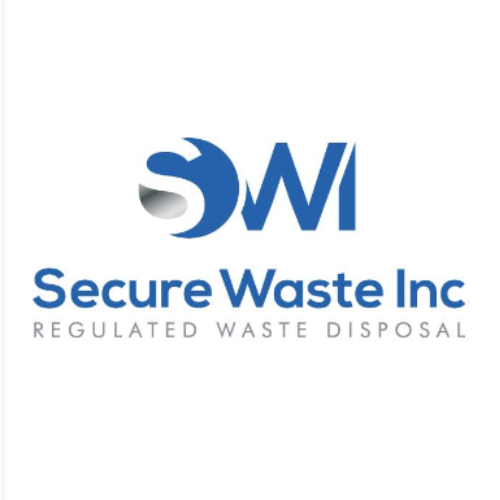
Expert Medical Waste Management: With over 25 years of industry experience, Secure Waste is a trusted local leader in hazardous and biohazardous waste disposal across Maryland, Virginia, and Washington, D.C. Specializing in medical waste management, sharps needle disposal, and biohazard waste removal, the company ensures full compliance with federal, state, and local regulations while prioritizing environmental sustainability.
The company also offers additional services, including secure document shredding and sharps container sales, providing comprehensive solutions for healthcare facilities and businesses. Our cost-effective services help clients maintain regulatory compliance without unexpected costs.
With a commitment to customer satisfaction, Secure Waste offers tailored waste management plans that align with industry best practices. Their team of experts provides reliable, timely, and compliant services, making them the preferred choice for medical waste disposal. For a free waste quote or more information, visit www.securewaste.net
